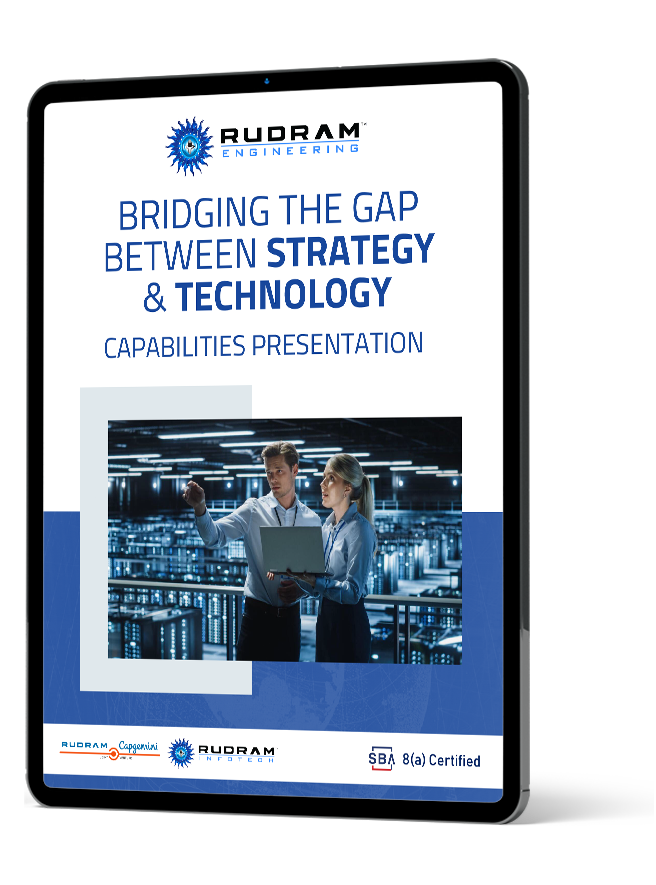At Rudram Engineering, the mission is to empower organizations with scalable, secure, and performance-driven cloud solutions. As part of our commitment to cloud modernization and DevSecOps excellence, we emphasize the importance of aligning engineering decisions with cost efficiency and operational agility. While visibility into cloud costs is a vital first step, true transformation happens when engineers are empowered to take meaningful action.
To bridge the gap between cost insight and measurable savings, engineering teams must be able to act on optimization opportunities within their existing tools and processes. This aligns with Rudram Engineering’s focus on developing integrated, high-performance cloud solutions that emphasize operational efficiency, real-time responsiveness, and cost-aware architecture. That’s where workflow-aligned engineering becomes a powerful force.
Cloud resource management involves the strategic allocation, monitoring, and optimization of cloud computing components such as virtual machines, containers, storage, and bandwidth. When managed well, these elements deliver improved agility for engineering teams and greater predictability and efficiency for finance leaders.
Whether you’re managing a cloud service migration or planning to modernize legacy infrastructure, this discipline ensures cloud spending aligns with operational goals, supports scalability, and drives profitability.
Provisioning isn’t just about spinning up resources; it’s about right-sizing them for performance and cost. Mismatched provisioning whether oversized virtual machines or underutilized services is one of the top causes of cloud overspend. Teams should adopt a strategic approach, selecting instance types and pricing models that align with their workload requirements and business strategy.
Tagging cloud resources by environment, project, team, or customer is crucial for tracking and accountability. Without proper tagging, visibility becomes fragmented, making it difficult to attribute costs or measure efficiency. Establishing clear tagging policies and leveraging automated tools can help maintain structure and accuracy.
Effective monitoring isn’t just about tracking usage; it’s about understanding the context behind every data point. Observability tools that analyze cost anomalies, usage patterns, and performance trends allow teams to respond proactively. These insights help reduce waste and optimize configurations without disrupting workflows or user experience.
Modern cloud environments benefit from automation strategies like Infrastructure as Code (IaC) and autoscaling. These tools ensure scalability and reliability while managing costs. Governance policies, such as budget limits and access controls, help prevent uncontrolled spending and rogue deployments.
For effective resource management, finance and engineering must share the same view of cloud consumption. Integrated dashboards and cost attribution models allow teams to align on budget, optimize based on usage trends, and maintain accountability at every level.
This foundational layer involves right-sizing compute, storage, and network resources to maintain availability and performance. Tools like autoscaling, orchestration, and monitoring systems are key to ensuring efficiency without overspending.
At this level, the focus shifts to how applications utilize infrastructure. Teams assess the impact of specific services, microservices, and features on performance and cost. By analyzing memory use, traffic patterns, and deployment strategies, organizations can design applications that scale efficiently.
Financial resource management links cloud usage to business metrics. This includes cost per customer, product, or team. With real-time cost tracking and forecasting, organizations can ensure spending aligns with business value and profitability goals.
Effective cloud resource management is more than just optimization, it’s a core enabler of smooth, scalable cloud migration strategies. For organizations looking to modernize legacy systems without compromising uptime or overspending, mastering these principles is critical.
Rudram Engineering invites you to an exclusive live webinar designed for decision-makers seeking to modernize with confidence and clarity.
Register now to join our free webinar—visit Rudram Engineering to secure your spot.

Rudram Engineering Inc. (REI) is a well-known pioneer in software systems engineering, recognized for its creative solutions and the latest cutting-edge technologies. By focusing its resources on developing cloud-based technologies, REI further employs the power of DevSecOps to build security into the software development life cycle. The company also adopts Agile software development methodologies to be flexible, effective, and quick in delivering quality software solutions. Rudram Engineering Inc. is a name that epitomizes quality with innovation; it establishes new yardsticks in the industry with solid, scalable solutions that meet the dynamic demands of engineering.
As software becomes more complex, the need for thorough testing increases. In 2025, advancements in automated testing, AI-powered testing tools, and continuous quality assurance are expected to play a major role in ensuring reliable software delivery.
Actionable Insight: Thorough testing is essential to ensure that your software meets customer expectations and performs reliably. At Rudram Engineering, we employ comprehensive testing protocols to ensure every product we deliver is both robust and secure, minimizing bugs and maximizing customer satisfaction.
Rudram’s commitment to excellence, transparency, and customer satisfaction sets them apart. They maintain strategic partnerships to harness cutting-edge technologies and expand their capabilities, ensuring that clients receive the best possible solutions.
No-code and low-code platforms are gaining momentum as businesses seek faster, more accessible ways to develop software. These platforms allow individuals with little to no programming experience to build functional applications, reducing the time and cost of development.
Actionable Insight: Incorporating no-code or low-code platforms can speed up your application development, especially for simple or routine tasks. Rudram Engineering leverages these tools when appropriate to accelerate delivery without sacrificing quality or flexibility.